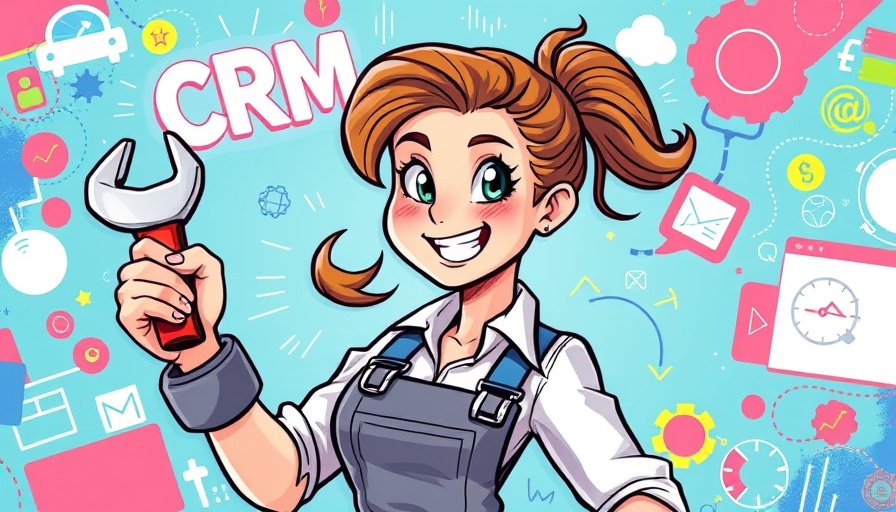
Unlocking Efficiency: The Power of CRMs for Plumbers
If you're in the plumbing business, you know that managing customer relationships can be a challenge. Missed appointments, mismanaged invoices, and fragmented communication can drain your revenue and mar your reputation. This is where a Customer Relationship Management (CRM) system becomes invaluable. A good CRM not only helps you streamline your workflow but also enhances customer satisfaction, boosts profitability, and ultimately drives your plumbing business forward.
A Deep Dive into CRMs Specifically for Plumbing
CRMs designed for plumbers encapsulate features that cater to the demands of their unique industry. These tools centralize customer interactions, service histories, and job details, transforming how plumbing businesses operate. Whether it's using smart automation to send reminders for scheduled maintenance or easily retrieving service records for customer service inquiries, the right CRM is a game-changer.
Why Your Plumbing Business Needs a CRM Now
Now more than ever, investing in a CRM can lead to significant improvements in day-to-day operations. With statistics showing that over 60% of plumbing businesses report lost revenue due to poor customer interaction, adopting a CRM can mitigate these issues. For instance, Uponor Asia integrated HubSpot into their marketing workflows and saw a staggering 400% increase in leads, demonstrating the ROI potential of the right CRM.
Our Top Picks for 2025: Best CRMs for Plumbing Businesses
After extensive research and analysis, here are our top five CRMs for plumbers:
- HubSpot: Tailored for plumbing companies wanting a unified approach, HubSpot’s free CRM offers robust features like sales, marketing, and service solutions. Key Features include advanced marketing automation and easy-to-use interface, perfect for teams of all sizes.
- ServiceTitan: Designed especially for service professionals, ServiceTitan excels in managing schedules, dispatching technicians, and tracking job costs. With features tailored to plumbing businesses, it allows real-time job tracking, ensuring no detail is overlooked.
- Jobber: Jobber helps manage customer relationships and provides invoicing, scheduling, and streamlined communication. With its user-friendly interface, it’s an excellent tool for smaller plumbing businesses that want to maintain efficiency without complicating their processes.
- mHelpDesk: As a strong contender, mHelpDesk combines field service management with CRM functionalities, making it easier to manage customer records alongside job performance efficiently.
- Zoho CRM: While not plumbing-specific, Zoho’s customizable features allow plumbing businesses to tailor the platform to meet their specific needs, making it versatile and cost-effective.
Choosing the Best CRM: Insights and Guidance
While the list provides some great starting points, selecting a CRM goes beyond just features. Consider your business size, your specific needs, and your budget. Here’s a step-by-step approach to help guide your decision:
- Assess Your Needs: Determine the specific features required for your plumbing business.
- Compare Pricing: Take a close look at the pricing structures. Many platforms offer free trials or tiers; utilize these to test which fits best.
- Implementation Support: Choose a CRM that provides ample support during setup and onboarding. This can significantly affect your experience.
- Scalability: Ensure your chosen solution can grow with your business through expandable features and pricing plans.
Conclusion: Transform Your Plumbing Business Today
In the competitive plumbing industry, adopting a CRM can significantly elevate your operations, improve customer interactions, and boost your bottom line. By utilizing one of the top CRMs listed, you can turn challenges into opportunities and maintain customer loyalty in today's fast-paced environment.
Are you ready to take the plunge and implement a CRM in your plumbing business? Explore these options, take advantage of free trials, and start transforming your operations today!
 Add Row
Add Row  Add
Add 



Write A Comment